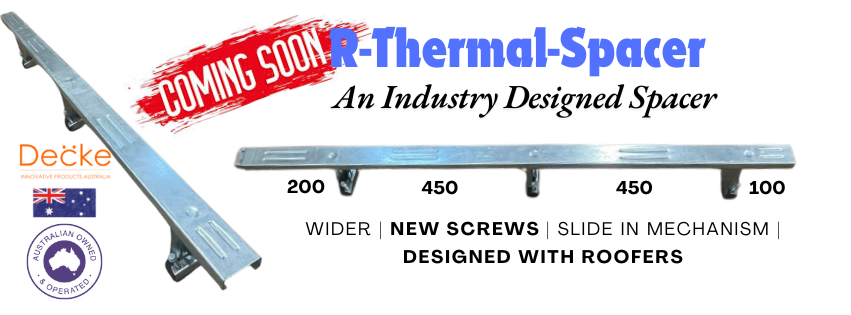R-Thermal-Spacer The Ultimate Insuation Spacer
R-Thermal-Spacer We are excited to introduce the R Thermal Spacer, the result of extensive collaboration with roofers, construction experts, engineers, and industry professionals across four Australian states. This project was shaped by feedback from distributors, sales representatives, and a thorough study of various insulation spacers, including our own. After developing multiple prototypes and rigorously field-testing […]
R-Thermal-Spacer The Ultimate Insuation Spacer Read More »

